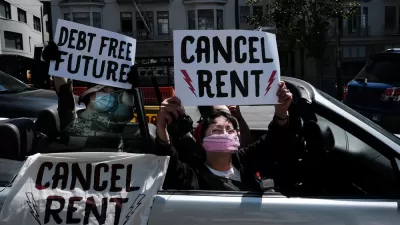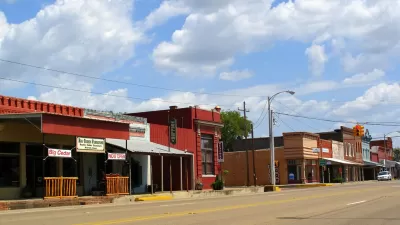The oil and gas industries want to see wastewater regulations loosened as they consider pumping the water into streams and rivers.

The Environmental Protection Agency is looking into making it easier for oil and gas companies to put wastewater from oil drilling into river and streams. The practice is currently permitted under federal law, but drillers rarely do it as the costs involved in treating the wastewater to meet mandated water standards is high.
“The primary question facing the EPA is whether water standards can be adjusted so oil and gas companies can economically treat wastewater to be pumped into the water supply without contaminating drinking water supplies or killing off local wildlife,” reports James Osborne.
The oil industry is facing the challenge of what to do with the large amounts of wastewater produced from drilling. Seismic and geological concerns about the effects of pumping the water back into the ground have forced operators to send wastewater to disposal sites.
Environmental advocates say the EPA does not have the scientific information about treating wastewater that it needs to make an informed decision. Still, oil and wastewater industry lobbyists are pushing for an ease on regulations. “Their primary case to the EPA is that the treated wastewater could provide a valuable resource for drought-ravaged water supplies in the western United States, with potential uses for agriculture and industry, and even drinking water supplies,” says Osborne.
FULL STORY: EPA weighs allowing oil companies to pump wastewater into rivers, streams

Trump Administration Could Effectively End Housing Voucher Program
Federal officials are eyeing major cuts to the Section 8 program that helps millions of low-income households pay rent.

Planetizen Federal Action Tracker
A weekly monitor of how Trump’s orders and actions are impacting planners and planning in America.

Ken Jennings Launches Transit Web Series
The Jeopardy champ wants you to ride public transit.

Crime Continues to Drop on Philly, San Francisco Transit Systems
SEPTA and BART both saw significant declines in violent crime in the first quarter of 2025.

How South LA Green Spaces Power Community Health and Hope
Green spaces like South L.A. Wetlands Park are helping South Los Angeles residents promote healthy lifestyles, build community, and advocate for improvements that reflect local needs in historically underserved neighborhoods.

Sacramento Plans ‘Quick-Build’ Road Safety Projects
The city wants to accelerate small-scale safety improvements that use low-cost equipment to make an impact at dangerous intersections.
Urban Design for Planners 1: Software Tools
This six-course series explores essential urban design concepts using open source software and equips planners with the tools they need to participate fully in the urban design process.
Planning for Universal Design
Learn the tools for implementing Universal Design in planning regulations.
Heyer Gruel & Associates PA
Ada County Highway District
Institute for Housing and Urban Development Studies (IHS)
City of Grandview
Harvard GSD Executive Education
Toledo-Lucas County Plan Commissions
Salt Lake City
NYU Wagner Graduate School of Public Service





























